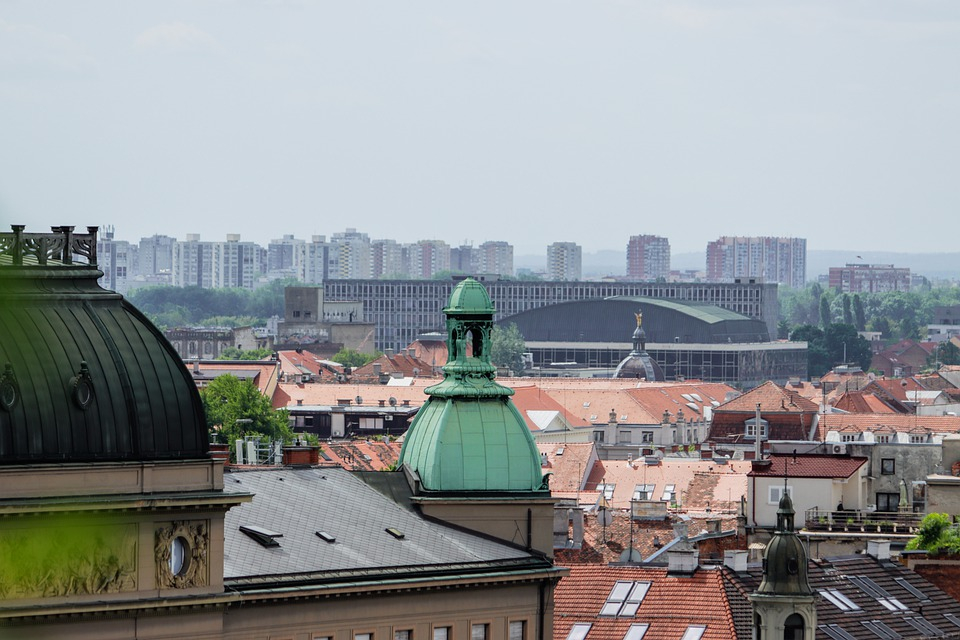As Poslovni Dnevnik writes, due to the possibility of a new wave of the coronavirus pandemic and potential lockdowns, there is room for the further growth of property prices above their real value with the risk of a sudden and sharp decline, as well as the growth of bad loans after the abolition of measures and grants. These are just a couple of potential issues which could arise and directly threaten Croatia’s still fragile recovery and growth throughout the rest of 2021.
The current Croatian economic outlook is good, and that growth is expected to be between 5 and 7 percent, as most analysts see it, while the most optimistic of all is the CNB itself, which in its baseline scenario expects as much as 6.8 percent of GDP growth this year. Personal consumption, investment, as well as exports are growing, and a massive stimulus from the National Recovery and Resilience Plan is expected.
Of course, all of this mostly depends on the summer season for which tourism workers are now trying to make last for as long as possible and bring at least 70 percent of revenue from pre-pandemic 2019. The success of the 2021 tourist season depends mostly on the (non)materialisation of this first risk, reports Novi list.
CNB Governor Boris Vujcic recently explained that the aforementioned growth is higher than 6 percent (6.8 percent) of the CNB’s basic scenario: this is what the CNB expects as the most probable course of events, and it implies that the worst of the crisis is behind us, but dangers remain.
In short, the national bank doesn’t expect that the aforementioned risks will materialise, however, there is a danger which remains and the central bank is aware of it. Therefore, if there was a significant deterioration of the epidemiological situation and the fourth wave did arrive, Vujcic said that the Croatian economy would survive another lockdown, but growth, he said, would be slower due to the situation in the most affected sectors.
There are also sectors that work independently and aren’t really influenced by the pandemic, and they would still pull in some growth in such a dire scenario. The CNB has now, in a new issue of its publication Macroprudential Diagnostics, enumerated these potential triggers for the creation of a risk and analysed them in detail.
“The great uncertainty and unpredictability of the course of the pandemic poses risks in the coming period, despite the growing proportion of the population being vaccinated. The possibility of a new wave after the summer months is an important risk to take into consideration for the continued recovery of Croatian economic activity.
The possible worsening of the epidemiological situation and the strengthening of epidemiological measures, including localised measures, would adversely affect the speed of recovery and the Croatian economic outlook, as well as the sustainability of public finances,” the CNB said.
Delaying Croatian economic recovery and premature withdrawal of measures introduced during the pandemic could lead to a deterioration in the debt service capacity of part of the private sector, especially those in which debt levels are high and support measures contribute significantly to maintaining relatively stable incomes. Total exposure to systemic risks during the second quarter of 2021 remain high, according to the CNB.
Further progress in terms of the vaccination of the population, together with the mitigation and eventual abolition of epidemiological measures, should support the continuation of the economic recovery during 2021 and secure a decent Croatian economic outlook going forward.
For more, follow our lifestyle section.












